


































© Shutterstock
0 / 35 Fotos
Dal Lake, India - This vast lake near Kashmir is known for its stunning reflections of floating wooden homes and the snow-capped peaks of the Pir Panjal mountains.
© Shutterstock
1 / 35 Fotos
Dal Lake, India - The elaborate Victorian-style balconies, in combination with the fresh natural beauty and the vibrant culture and cuisine in the floating markets, make for a very unique experience.
© Shutterstock
2 / 35 Fotos
Dal Lake, India - Shikaras (gondola-like taxi boats) are the common mode of transportation, taking goods to market, children to school, and tourists to charming houseboats.
© Shutterstock
3 / 35 Fotos
Uros Islands, Peru - On the world’s highest lakes—Lake Titicaca, which is also the second largest in South America—a collection of 120 islands made from totora reeds host nearly 1,200 people.
© Shutterstock
4 / 35 Fotos
Uros Islands, Peru - Totora is a special kind of reed available only in this region, and it has stood the test of time, with islands and homes dating back many generations.
© Shutterstock
5 / 35 Fotos
Uros Islands, Peru - The Uros community is believed to have originated long before the Incas ruled these areas, and it's said that they were forced to build lives on the water when the Incas expanded onto their land.
© Shutterstock
6 / 35 Fotos
Kampong Ayer, Brunei - The world's largest floating village, located in Bandar Seri Begaway, is quite unlike others in Southeast Asia as it’s more of a sprawling mini-metropolis than a village.
© Shutterstock
7 / 35 Fotos
Kampong Ayer, Brunei
- An impressive 38 km (23.6 mi) of wooden and concrete boardwalks connect about 40 villages, with speedboats to carry passengers, the police force, and the fire brigade along the canals.
© Shutterstock
8 / 35 Fotos
Kampong Ayer, Brunei
- Timber houses on stilts sit next to mosques, schools, and restaurants, and everyone has access to electricity, running water, and television. There's even Wi-Fi available throughout!
© Shutterstock
9 / 35 Fotos
Kampong Ayer, Brunei - Bajau Sea Nomads reportedly built houses above the Brunei River more than 1,000 years ago. Over the centuries, this floating community expanded into a series of villages and neighborhoods, home to both wealthy nobles and peasants.
© Shutterstock
10 / 35 Fotos
Kumarakom, India - In the backwaters of Kerala is a tranquil village floating on the 97-kilometer-long (60 mile) Vembanad Lake.
© Shutterstock
11 / 35 Fotos
Kumarakom, India - This particular village is famed for its many and varied houseboats, which you can view while weaving through the waterways.
© Shutterstock
12 / 35 Fotos
Kumarakom, India - The paradisaical community is also a haven for stunning and rare birds.
© Shutterstock
13 / 35 Fotos
Ganvie, Benin - Africa’s largest lake village is situated on Lake Nokoué, and is estimated to be home to a whopping 20,000 people.
© Shutterstock
14 / 35 Fotos
Ganvie, Benin - The picturesque village was reportedly built in the 16th or 17th century by the Tofinu tribe, who were escaping the slave trade. They took refuge on Lake Nokoué and used its climate to create sophisticated networks for farming fish, which still exist today.
© Shutterstock
15 / 35 Fotos
Ganvie, Benin - The floating village now features schools, hospitals, floating shops, and even a hotel for tourists.
© Shutterstock
16 / 35 Fotos
Aberdeen, Hong Kong - Once a thriving hub of floating activity, Aberdeen has seen a drastic decrease, though it continues to enchant tourists from around the world.
© Shutterstock
17 / 35 Fotos
Aberdeen, Hong Kong - Established in the 17th century, when the area was gaining a major foothold as an important harbor, a stark contrast has since blossomed between the local fishermen's floating homes and the towering skyscrapers behind them.
© Shutterstock
18 / 35 Fotos
Aberdeen, Hong Kong - You can take a boat ride and enjoy the stunning views, and stop in at a huge floating restaurant for a taste of the local seafood.
© Shutterstock
19 / 35 Fotos
Koh Panyi, Thailand - Amid hundreds of limestone rock formations in the Andaman Sea lies a rural village in Phang Nga Bay, reportedly made up of descendants of two Muslim families who fled Indonesia some 200 years ago.
© Shutterstock
20 / 35 Fotos
Koh Panyi, Thailand - In the shade of one vertical limestone cliff, Koh Panyi is said to consist of 360 families with a total population of over 1,500.
© Shutterstock
21 / 35 Fotos
Koh Panyi, Thailand - The floating village has a school, market, mosque, and even a soccer field built using old scraps of wood and fishing rafts.
© Shutterstock
22 / 35 Fotos
Inle Lake, Myanmar - There are few lakes more peaceful than Myanmar's Inle, surrounded by wispy sugar cane in the Shan Hills plateau.
© Shutterstock
23 / 35 Fotos
Inle Lake, Myanmar - Houses are perched on top of the lake by way of stilts, and kayaks are used for transportation, boasting a serene silence hard to find in any other village.
© Shutterstock
24 / 35 Fotos
Inle Lake, Myanmar - The Intha people—which translates to “sons of the lake”—tend their vegetables in floating gardens from long, narrow boats. They then do business in floating markets that move between the various villages.
© Shutterstock
25 / 35 Fotos
Chong Khneas, Cambodia - Chong Khneas is situated on Tonlé Sap, Asia’s largest freshwater body. The lake dramatically swells and shrinks with the seasons, but all year round it hosts more than 150 villages on stilts.
© Shutterstock
26 / 35 Fotos
Chong Khneas, Cambodia - This floating village features restaurants, shops, school rooms, a temple, and a church.
© Shutterstock
27 / 35 Fotos
Chong Khneas, Cambodia - Chong Khneas in particular features vibrant buoyant homes, and depends not only on stilts but also on empty gas drums.
© Shutterstock
28 / 35 Fotos
Ha Long Bay, Vietnam - Among the breathtaking landscape of limestone karsts in turquoise water, Ha Long Bay’s floating settlement comprises four villages, made up of about 1,600 people.
© Shutterstock
29 / 35 Fotos
Ha Long Bay, Vietnam - It originated as a place for fishermen to sell their catch, and later evolved into completely self-sufficient societies thriving on fishing and marine aquaculture.
© Shutterstock
30 / 35 Fotos
Ha Long Bay, Vietnam - The people's lives are intrinsically tied to the water, and the boats and floating homes they have built provide their shelter, transportation, culture, and livelihood. UNESCO has designated the area as a World Heritage site.
© Shutterstock
31 / 35 Fotos
Kampong Phluk, Cambodia - Also located on Cambodia's Tonlé Sap lake, Kampong Phluk is situated within the floodplain about 16 km (10 miles) southeast of Siem Reap.
© Shutterstock
32 / 35 Fotos
Kampong Phluk, Cambodia - The community is made up of a cluster of three villages of stilted houses, home to over 3,000 people.
© Shutterstock
33 / 35 Fotos
Kampong Phluk, Cambodia
- The villagers enjoy a vibrant and colorful daily life, making their living largely from fishing, particularly from shrimp harvesting. Check out some other bizarre towns you didn't know existed.
© Shutterstock
34 / 35 Fotos
© Shutterstock
0 / 35 Fotos
Dal Lake, India - This vast lake near Kashmir is known for its stunning reflections of floating wooden homes and the snow-capped peaks of the Pir Panjal mountains.
© Shutterstock
1 / 35 Fotos
Dal Lake, India - The elaborate Victorian-style balconies, in combination with the fresh natural beauty and the vibrant culture and cuisine in the floating markets, make for a very unique experience.
© Shutterstock
2 / 35 Fotos
Dal Lake, India - Shikaras (gondola-like taxi boats) are the common mode of transportation, taking goods to market, children to school, and tourists to charming houseboats.
© Shutterstock
3 / 35 Fotos
Uros Islands, Peru - On the world’s highest lakes—Lake Titicaca, which is also the second largest in South America—a collection of 120 islands made from totora reeds host nearly 1,200 people.
© Shutterstock
4 / 35 Fotos
Uros Islands, Peru - Totora is a special kind of reed available only in this region, and it has stood the test of time, with islands and homes dating back many generations.
© Shutterstock
5 / 35 Fotos
Uros Islands, Peru - The Uros community is believed to have originated long before the Incas ruled these areas, and it's said that they were forced to build lives on the water when the Incas expanded onto their land.
© Shutterstock
6 / 35 Fotos
Kampong Ayer, Brunei - The world's largest floating village, located in Bandar Seri Begaway, is quite unlike others in Southeast Asia as it’s more of a sprawling mini-metropolis than a village.
© Shutterstock
7 / 35 Fotos
Kampong Ayer, Brunei
- An impressive 38 km (23.6 mi) of wooden and concrete boardwalks connect about 40 villages, with speedboats to carry passengers, the police force, and the fire brigade along the canals.
© Shutterstock
8 / 35 Fotos
Kampong Ayer, Brunei
- Timber houses on stilts sit next to mosques, schools, and restaurants, and everyone has access to electricity, running water, and television. There's even Wi-Fi available throughout!
© Shutterstock
9 / 35 Fotos
Kampong Ayer, Brunei - Bajau Sea Nomads reportedly built houses above the Brunei River more than 1,000 years ago. Over the centuries, this floating community expanded into a series of villages and neighborhoods, home to both wealthy nobles and peasants.
© Shutterstock
10 / 35 Fotos
Kumarakom, India - In the backwaters of Kerala is a tranquil village floating on the 97-kilometer-long (60 mile) Vembanad Lake.
© Shutterstock
11 / 35 Fotos
Kumarakom, India - This particular village is famed for its many and varied houseboats, which you can view while weaving through the waterways.
© Shutterstock
12 / 35 Fotos
Kumarakom, India - The paradisaical community is also a haven for stunning and rare birds.
© Shutterstock
13 / 35 Fotos
Ganvie, Benin - Africa’s largest lake village is situated on Lake Nokoué, and is estimated to be home to a whopping 20,000 people.
© Shutterstock
14 / 35 Fotos
Ganvie, Benin - The picturesque village was reportedly built in the 16th or 17th century by the Tofinu tribe, who were escaping the slave trade. They took refuge on Lake Nokoué and used its climate to create sophisticated networks for farming fish, which still exist today.
© Shutterstock
15 / 35 Fotos
Ganvie, Benin - The floating village now features schools, hospitals, floating shops, and even a hotel for tourists.
© Shutterstock
16 / 35 Fotos
Aberdeen, Hong Kong - Once a thriving hub of floating activity, Aberdeen has seen a drastic decrease, though it continues to enchant tourists from around the world.
© Shutterstock
17 / 35 Fotos
Aberdeen, Hong Kong - Established in the 17th century, when the area was gaining a major foothold as an important harbor, a stark contrast has since blossomed between the local fishermen's floating homes and the towering skyscrapers behind them.
© Shutterstock
18 / 35 Fotos
Aberdeen, Hong Kong - You can take a boat ride and enjoy the stunning views, and stop in at a huge floating restaurant for a taste of the local seafood.
© Shutterstock
19 / 35 Fotos
Koh Panyi, Thailand - Amid hundreds of limestone rock formations in the Andaman Sea lies a rural village in Phang Nga Bay, reportedly made up of descendants of two Muslim families who fled Indonesia some 200 years ago.
© Shutterstock
20 / 35 Fotos
Koh Panyi, Thailand - In the shade of one vertical limestone cliff, Koh Panyi is said to consist of 360 families with a total population of over 1,500.
© Shutterstock
21 / 35 Fotos
Koh Panyi, Thailand - The floating village has a school, market, mosque, and even a soccer field built using old scraps of wood and fishing rafts.
© Shutterstock
22 / 35 Fotos
Inle Lake, Myanmar - There are few lakes more peaceful than Myanmar's Inle, surrounded by wispy sugar cane in the Shan Hills plateau.
© Shutterstock
23 / 35 Fotos
Inle Lake, Myanmar - Houses are perched on top of the lake by way of stilts, and kayaks are used for transportation, boasting a serene silence hard to find in any other village.
© Shutterstock
24 / 35 Fotos
Inle Lake, Myanmar - The Intha people—which translates to “sons of the lake”—tend their vegetables in floating gardens from long, narrow boats. They then do business in floating markets that move between the various villages.
© Shutterstock
25 / 35 Fotos
Chong Khneas, Cambodia - Chong Khneas is situated on Tonlé Sap, Asia’s largest freshwater body. The lake dramatically swells and shrinks with the seasons, but all year round it hosts more than 150 villages on stilts.
© Shutterstock
26 / 35 Fotos
Chong Khneas, Cambodia - This floating village features restaurants, shops, school rooms, a temple, and a church.
© Shutterstock
27 / 35 Fotos
Chong Khneas, Cambodia - Chong Khneas in particular features vibrant buoyant homes, and depends not only on stilts but also on empty gas drums.
© Shutterstock
28 / 35 Fotos
Ha Long Bay, Vietnam - Among the breathtaking landscape of limestone karsts in turquoise water, Ha Long Bay’s floating settlement comprises four villages, made up of about 1,600 people.
© Shutterstock
29 / 35 Fotos
Ha Long Bay, Vietnam - It originated as a place for fishermen to sell their catch, and later evolved into completely self-sufficient societies thriving on fishing and marine aquaculture.
© Shutterstock
30 / 35 Fotos
Ha Long Bay, Vietnam - The people's lives are intrinsically tied to the water, and the boats and floating homes they have built provide their shelter, transportation, culture, and livelihood. UNESCO has designated the area as a World Heritage site.
© Shutterstock
31 / 35 Fotos
Kampong Phluk, Cambodia - Also located on Cambodia's Tonlé Sap lake, Kampong Phluk is situated within the floodplain about 16 km (10 miles) southeast of Siem Reap.
© Shutterstock
32 / 35 Fotos
Kampong Phluk, Cambodia - The community is made up of a cluster of three villages of stilted houses, home to over 3,000 people.
© Shutterstock
33 / 35 Fotos
Kampong Phluk, Cambodia
- The villagers enjoy a vibrant and colorful daily life, making their living largely from fishing, particularly from shrimp harvesting. Check out some other bizarre towns you didn't know existed.
© Shutterstock
34 / 35 Fotos
Incredible floating villages you must see before you die
Darling it's better, live where it's wetter—over the sea!
© Shutterstock
Living near water has always come natural to humans, whether it's for irrigation, fishing, drinking water, commerce, or transport—the scenic, glittering pools have always caught our attention. But what about those communities who took things one step further and ditched land completely?
Click through to see the truly magnificent floating villages that thousands of people call home.
RECOMMENDED FOR YOU








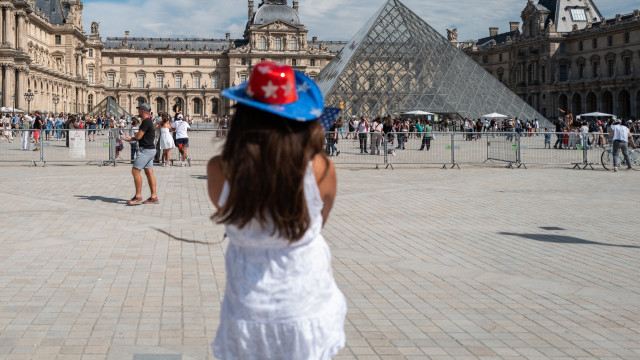


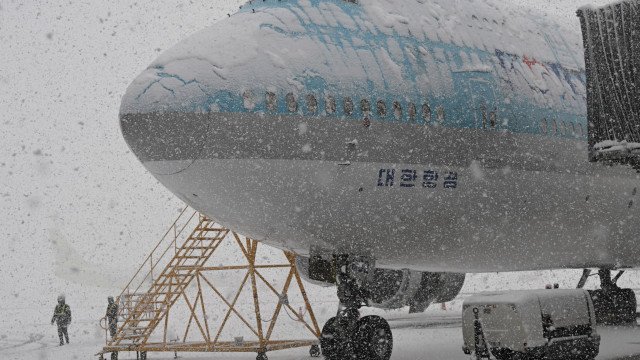
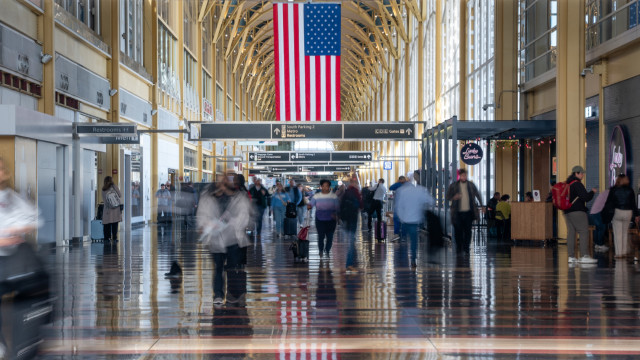
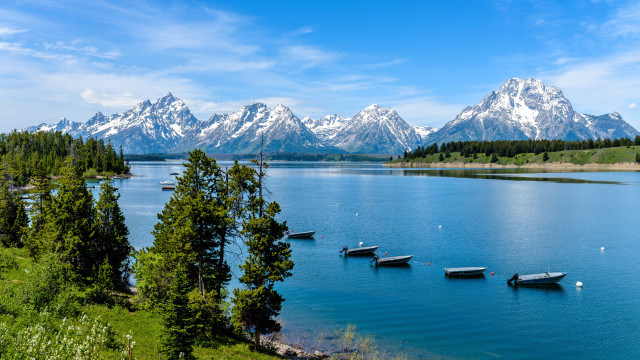

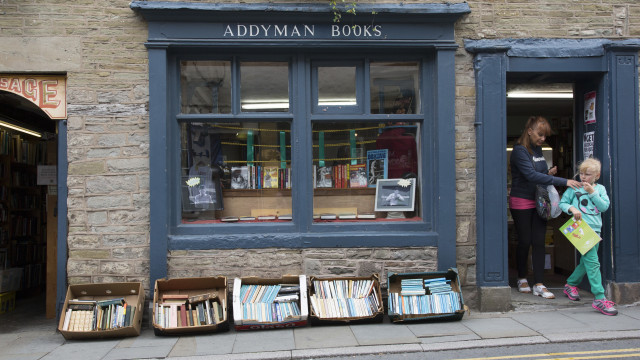


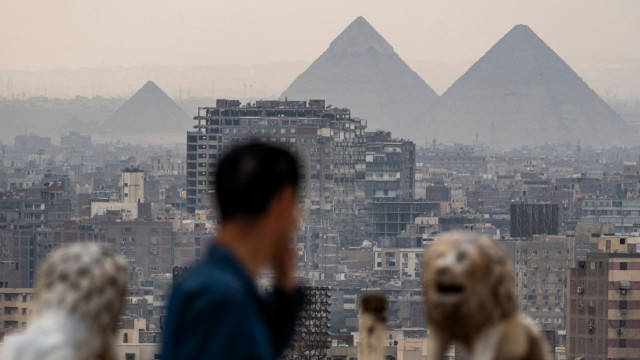
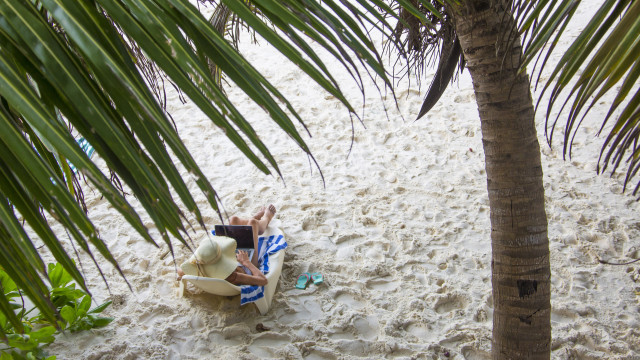
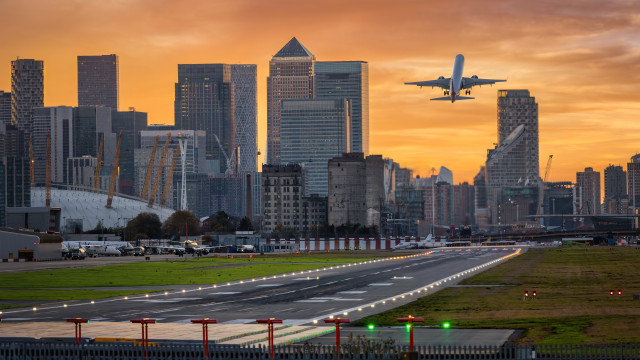
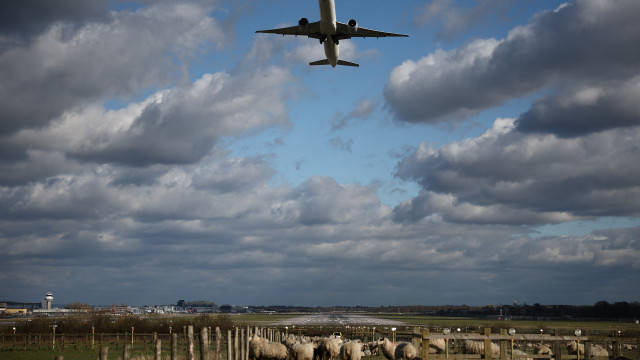

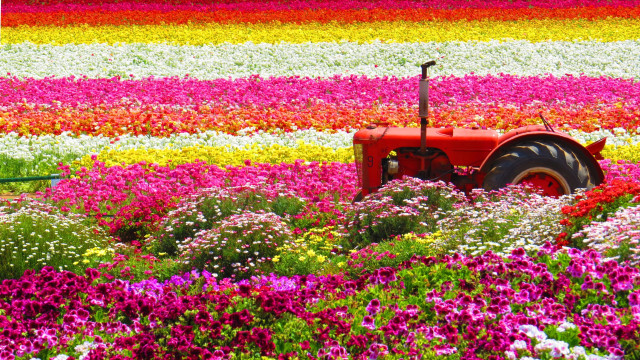

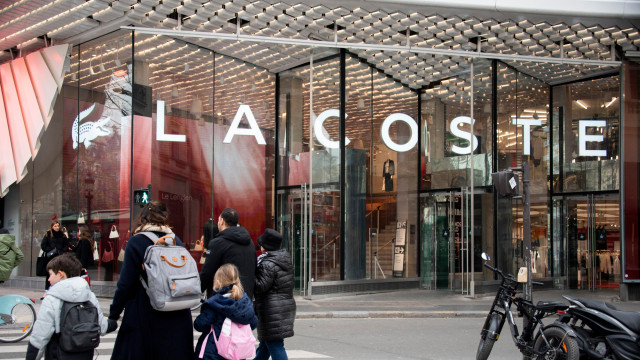
MOST READ
- Last Hour
- Last Day
- Last Week








